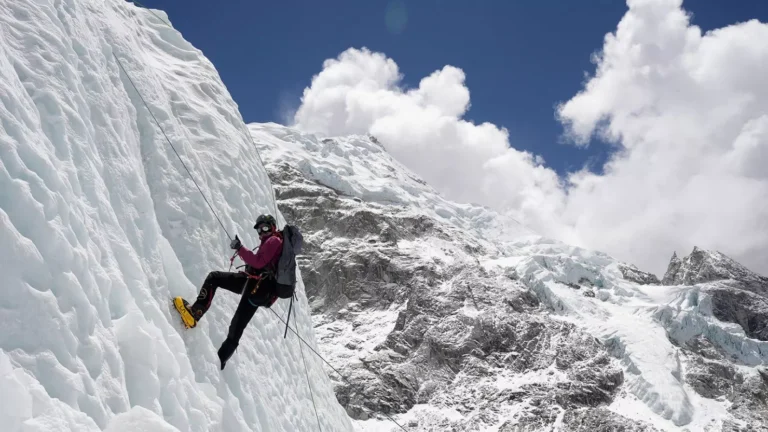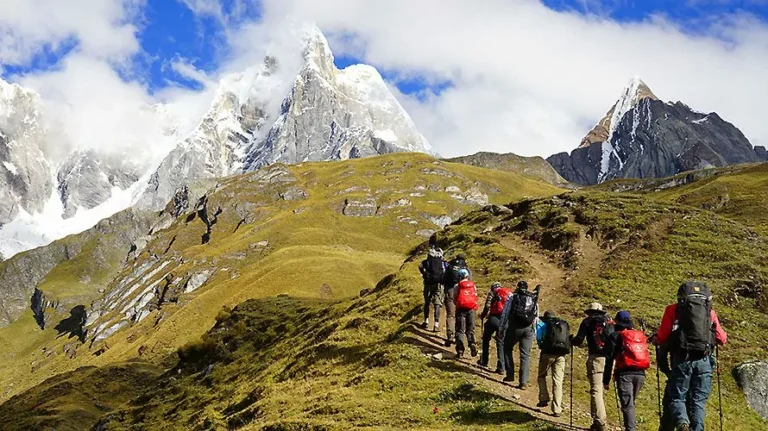- PUBLISHED
How to Prepare for High Altitude Hiking: A Complete Guide
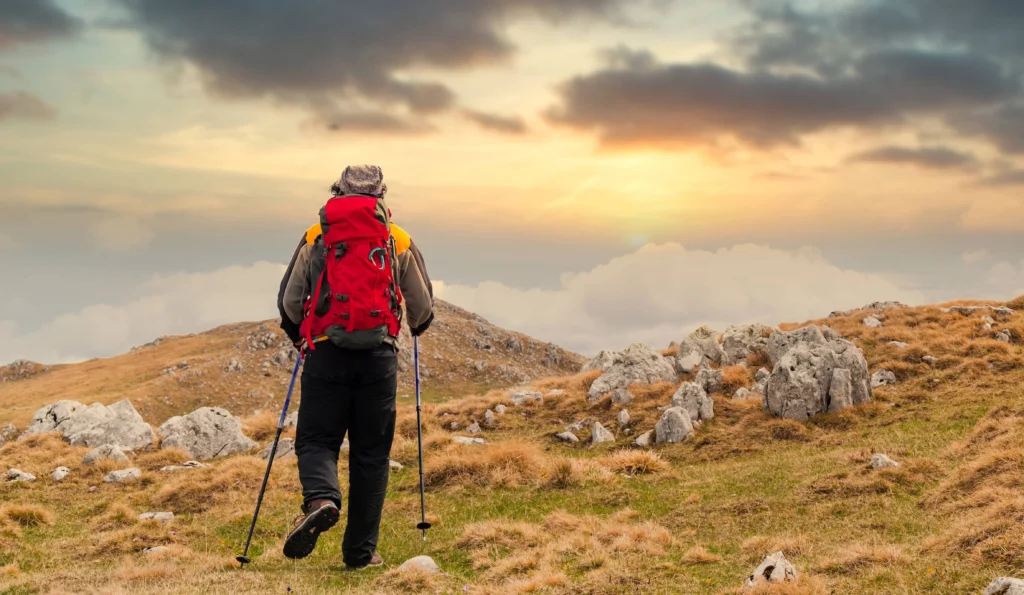
Hiking at higher elevations is a thrilling experience for adventure lovers, especially in a place like Nepal. Nepal is a great destination for hiking and trekking, housing some of the highest peaks in the world. High-altitude treks like Everest Base Camp, Annapurna Circuit, Manaslu or Upper Mustang leave hikers stunned with their captivating beauty. High-altitude treks offer breathtaking views of the stunning snow-capped mountains, but getting to experience that kind of adventure comes with challenges.
High-altitude hiking can be challenging and can ruin your whole journey and seriously affect your health if you’re not well prepared. Whether you’re a newbie or an experienced trekker, planning your high-altitude trek and preparing your mind and body for the trek is not optional. Knowing how to prepare for high-altitude hiking will help you improve your endurance and strength. This helps you avoid altitude sickness and enjoy the trek to the fullest.
What is Considered High Altitude?
High altitude refers to elevations above 2,500 meters(8,200 feet) above sea level. At this height, the air is thinner and there is less oxygen to breathe than at sea level. The reduction in oxygen can start to affect physical performance and overall comfort. You might not notice this change at first, but once you reach about 2,500 meters (8,200 feet), your body starts to feel the difference. You may feel more tired, your energy might drop, and even sleeping can become harder.
Here’s a simple way to understand different altitude levels and what to expect:
- High Altitude (2,500m–3,500m):
You might feel a little breathless at this altitude, especially when walking uphill or carrying a heavy backpack. Your body starts to work harder as the elevation increases. If you go at a steady pace, it’s usually manageable at this altitude. - Very High Altitude (3,500m–5,500m):
This altitude is where your body has to adjust. You might feel more tired, have headaches, or lose your appetite. Taking rest days and going slowly is very important here to help your body get used to the thinner air. This process is called acclimatisation. - Extreme Altitude (Above 5,500m):
At this height, the air has much less oxygen, sometimes only half of what’s at sea level. Even simple tasks like walking or dressing can feel exhausting due to a lower oxygen level. Spending too much time at this altitude without proper preparation can be dangerous and lead to serious health problems if not attended to by a medical professional soon.
Understanding these levels can help you plan your trek better and make sure you’re ready for the challenges ahead.
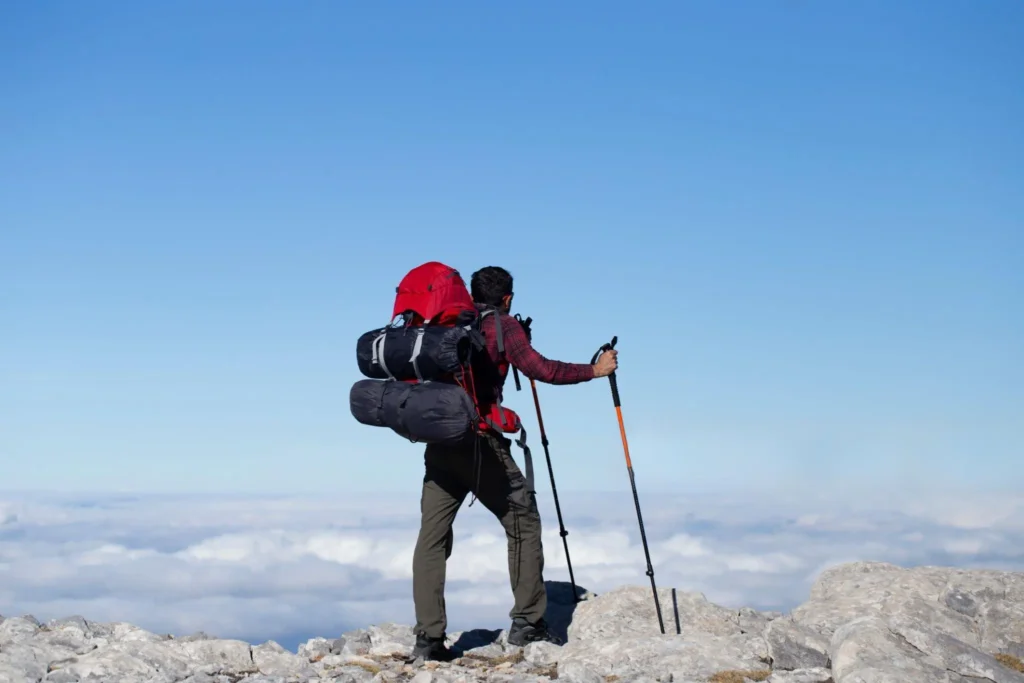
Altitude Sickness at High Elevation: Symptoms and Prevention
Heading up the mountains can be exciting, but once you climb above 2,500 metres, your body will start to notice the change, especially if you’re not well prepared for the climb. Some people experience altitude sickness but knowing the symptoms and how to prevent them can make your hiking journey
Acute Mountain Sickness (AMS)
AMS is the most common form of altitude sickness. Symptoms like headache, nausea, dizziness, fatigue will follow if you develop AMS. It usually hits a few hours after gaining elevation but can be managed if you rest well. Give your body a break from hiking and let it adjust to the elevation. Hydrate yourself by drinking plenty of fluids and AMS will subside without causing major issues.
High Altitude Pulmonary Edema (HAPE)
This is a more serious condition where fluid build up in the lungs due to high altitude. HPAE can cause a continuous feeling of breathlessness even while resting or lying down. Other warning signs include chest tightness, extreme fatigue, and a rapid heartbeat. You may notice dry cough that gradually turns wet and produce frothy and pinkish sputum. If you ascend too quickly, HAPE will appear after two or more days at high altitude. Supplemental oxygen for high altitude hiking and medications maybe needed but descending to a lower elevation and seeking medical attention immediately is the most effective treatment.
High Altitude Cerebral Edema (HACE)
HACE is rare but extremely dangerous if not recognized and treated on time. This is caused by swelling of the brain. People affected by this may appear confused, disoriented, and have difficulty walking in a straight line. Slurring of speech, irritation and hallucination are other symptoms. This can cause serious health problems or death if not treated. HACE needs immediate medical attention, so descend to a lower altitude quickly if you notice these symptoms.
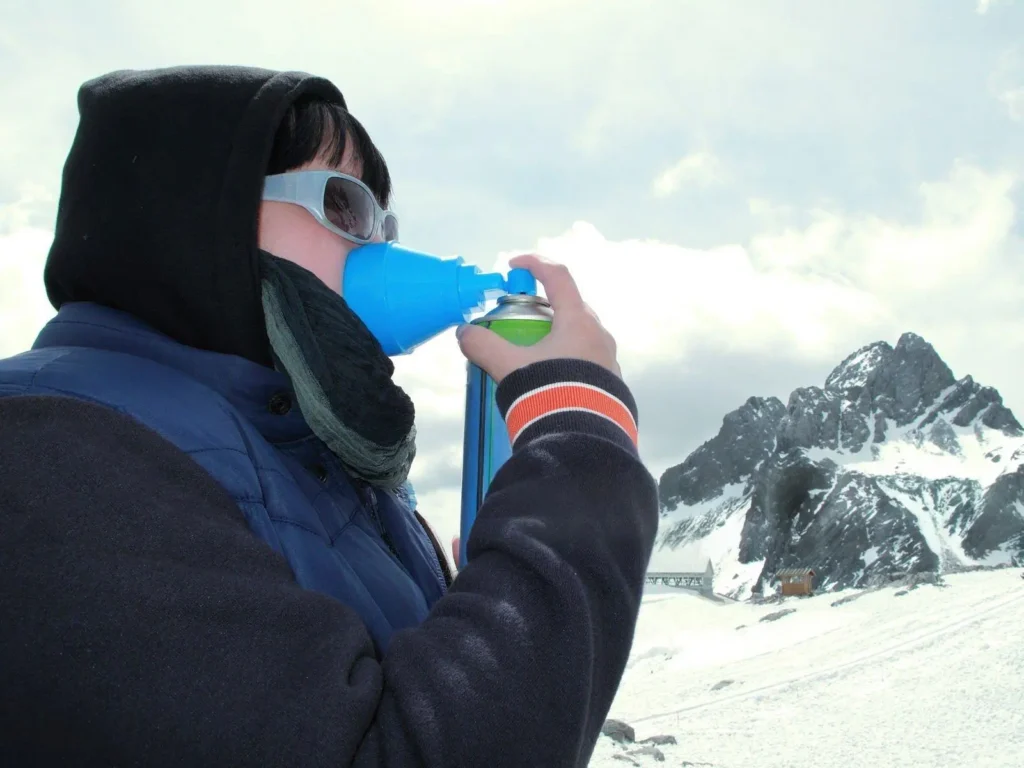
Training Your Body for High Altitude Hiking
How to train for high-altitude hiking is a question that should cross a trekker’s mind at least once if they want to be safe when trekking. Altitude sickness is no joke; hence should not be taken lightly. Getting fit before your trek can make the journey much smoother and more enjoyable. Here’s how to train for high-altitude hiking.
Endurance Training
Cardio workouts like running, swimming and cycling improve cardiovascular health and stamina. Start with endurance training, which is key to helping your body use oxygen more efficiently. This is important at high elevations where the air is thinner. Simulate the challenges you’ll face on the trail by adding interval training or treadmill workouts with incline.
Strength & Core Training
Exercises like squats, lunges and planks target core areas and improve muscle endurance and balance while training for high altitude. Building strength in your legs, hips, back, and core muscles is essential for continuous walking and carrying heavy backpacks at high altitude. Incorporating movements that mimic hiking motions will make muscles stronger, helping to reduce fatigue and the chances of injury during long hikes.
Practice Hikes With Elevation Gain
Practice hikes help your body adapt to climbing and descending while carrying heavy backpacks. Look for local hills or mountain trails and gradually increase difficulty by adding distance, elevation, and height. Champa Devi Hike and Jamacho Gumba Hike are some easier hiking routes in Kathmandu Valley to get you comfortable with pacing and your stamina.
Breathing Techniques for Altitude
Controlled breathing techniques such as inhaling deeply through your nose, allowing your diaphragm to expand, and exhaling slowly through your mouth will help improve oxygen intake and reduce feelings of breathlessness. The air contains less oxygen at high altitude, so learning to breathe deeply and steadily can make a significant difference while hiking.
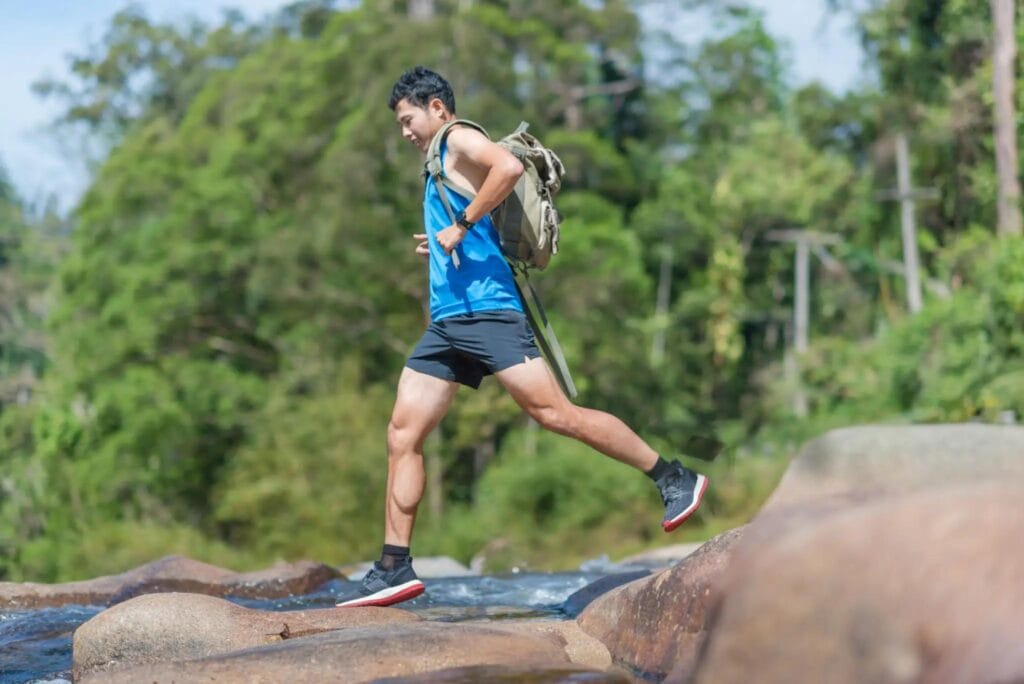
Preparing Your Mind for High Altitude Hiking
Mental preparation is just as important as physical strength when you’re trekking at high altitude.
- Mental preparation
Some days at elevation will be tougher than others. Being patient with the trek and not rushing to get to the top will help. Mental resilience, calmness, and motivation can help you push through your journey on difficult days. - Hydration and Nutrition
There’s nothing more important than staying hydrated and eating nutrient-rich food at higher altitudes. Continuous walking, cold temperature and heavy load can quickly get your body and mind tired. Add electrolytes to water to help replenish lost minerals. Carbs, protein, healthy fats and high-energy snacks will ease your journey by providing energy and strength needed for the hike. - Sleep & Recovery
Quality sleep is one of the best ways to help the body adjust to altitude. Aim for 7-9 hours of sleep daily. The tired body after a whole day of walking and ascending needs proper recovery. Allow your muscles to repair and your brain time to reset, which improves your chances of staying healthy and strong throughout the trek.
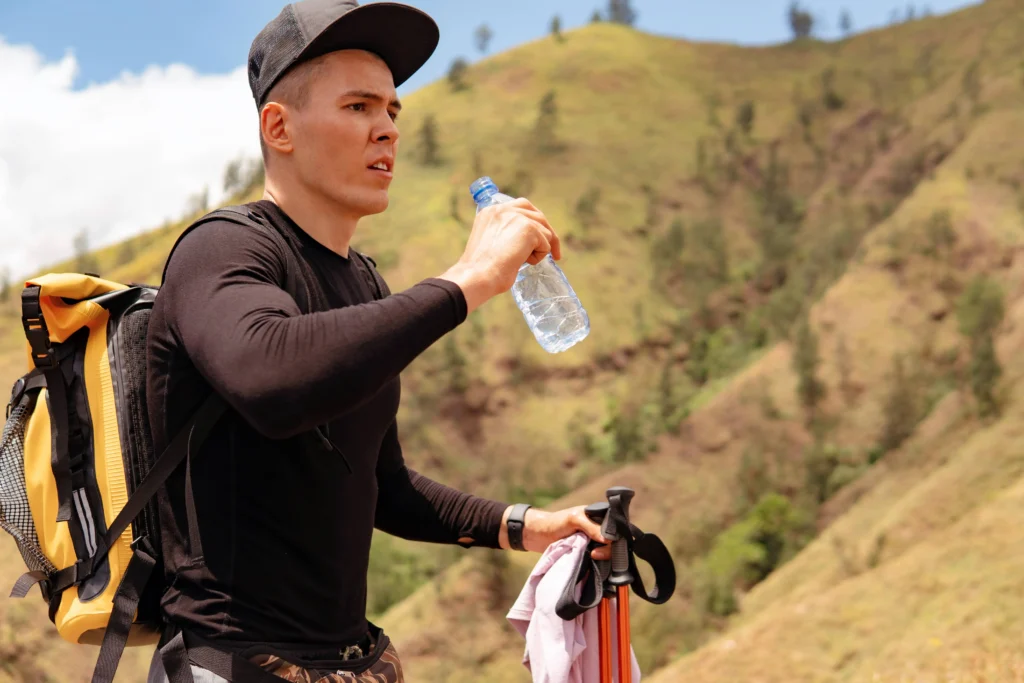
Medical Advice and Trekking Essentials at High Altitude
When thinking about how to prepare for high elevation hiking, it’s not just about building physical endurance and strength. Medical preparation and having the right gear are just as important to ensure your trek is safe, comfortable, and successful.
- Visit Your Doctor
A key part of how to prepare for high elevation hiking is consulting a medical professional before your trip. A doctor may suggest a complete health check-up to check for any conditions that can be worsened by high altitude. Your doctor can guide you on what to include in your first aid kit as well. - Insurance for High Altitude Trekking
Look for insurance policies that cover trekking above specific elevations, medical treatment, and emergency evacuations, including helicopter rescue. Insurance is especially important while travelling to remote places in Nepal, where medical facilities may be far from your trekking route. - Essential Gear for High Altitude
At higher elevations, conditions can be rough and unpredictable. So pack the necessary gear to ease your hiking experience. Wear layered clothing to adjust to temperature changes., You should use high-quality hiking boots for traction and support. Bring trekking poles to ease pressure on your knees and sunglasses for UV protection. Navigation tools like a map, compass, or GPS can come in handy. You don’t want to get lost in the mountains. These essentials will keep you safe, comfortable, and prepared for the challenges of high-altitude hiking.
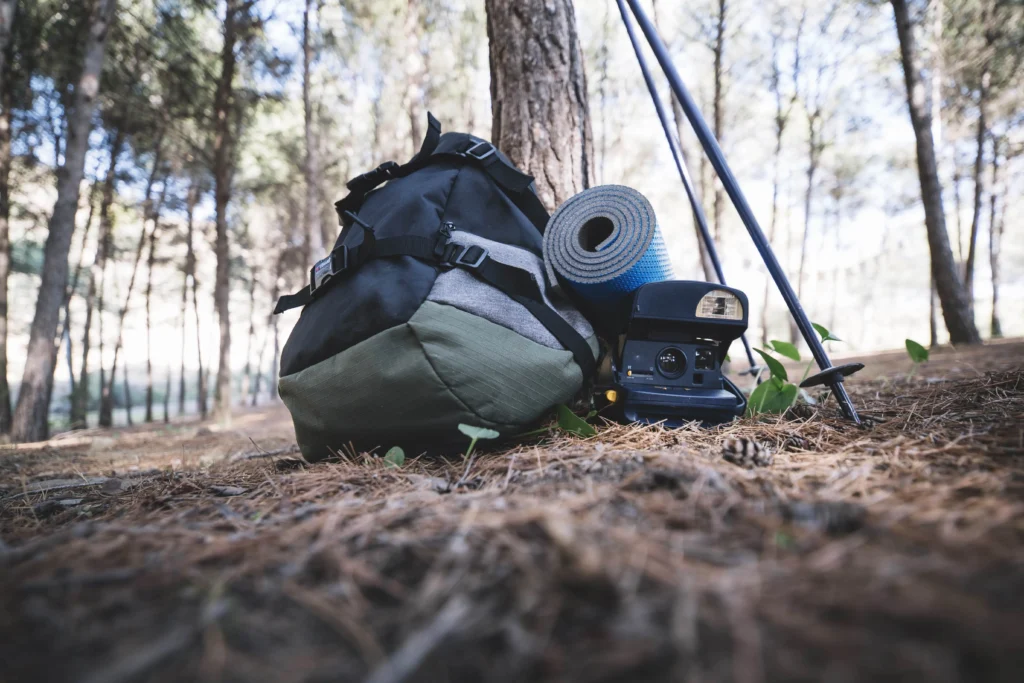
Choosing Your First High-Altitude Hike in Nepal
Starting your trekking journey with an extremely high-altitude trek is not sensible. If you are a beginner trekker, it’s best to start with a low-altitude trek and slowly adjust your body for the difficulties to come in your high-altitude trekking journey. If you are in Kathmandu Valley, opt for a beginner-friendly one-day hike near Kathmandu.
Bagdwar and Bhasmasur Hill Hike are exciting hiking places to explore near Kathmandu. Start with these easier hiking routes and then move your way up to enjoy higher-altitude treks. A guide can be a perfect partner to enjoy these hikes with if you’re unsure about how you’ll adjust to higher altitudes. Hire a high-altitude trek specialist to help you through your journey and make your trekking journey unforgettable.
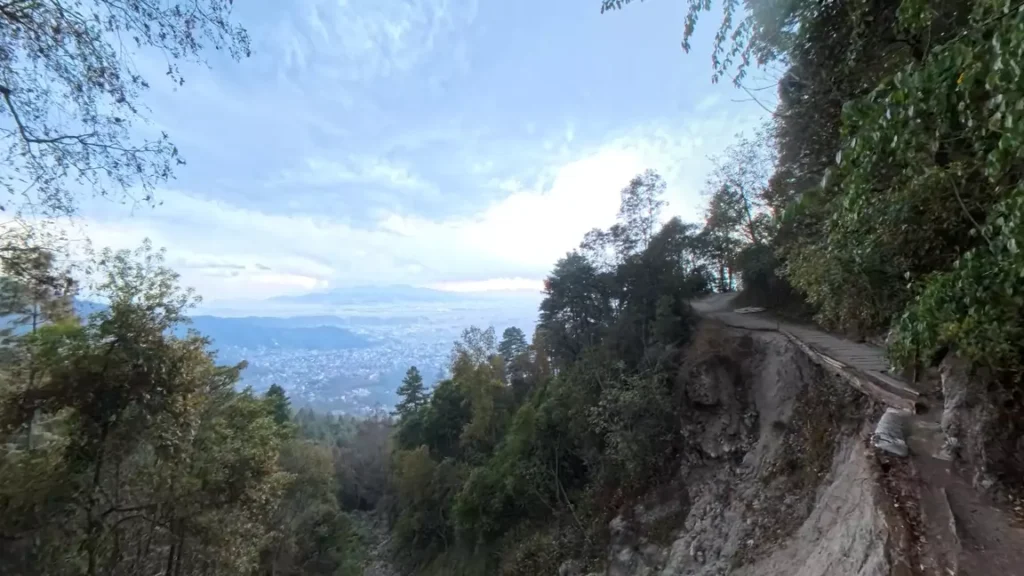
Conclusion
High-altitude hiking can be an unforgettable experience with stunning views and breathtaking nature. But it can be a challenging experience if not well prepared. Knowing how to prepare for high-altitude hiking is key to being safe up in the mountains. The risks of altitude sickness and having the right medical aid should be studied before the hike. Train your body and mind well for the challenges that can be presented at higher altitude treks. Carry essential gear and immediately seek medical attention if your health deteriorates.
Ready to turn your high-altitude hiking dream into reality? Let us guide you every step of the way, from training to trekking. Reach out today and get in touch with experts like BeThere to help you in your hiking journey.
Table of Content
Frequently Asked Questions
What is high altitude hiking?
High altitude hiking refers to hiking above 2,500 meters (8,200 feet) above sea level. At this height, the air is thinner and contains less oxygen, which makes physical activity more challenging. While high altitude hiking offers incredible views, getting to the top without difficulties require preparation.
Is a guide necessary for high-altitude treks, especially for beginners?
While not mandatory, having a guide is highly recommended, especially for first-time trekkers. Guides help monitor your health, manage pacing, and keep you safe. Services like BeThere offer guided treks that are ideal for newcomers.
How does the body respond to high-altitude environments?
When you hike to high altitudes, your body receives less oxygen with each breath. This can lead to symptoms like fatigue, shortness of breath, headaches, or dizziness. In some cases, it can trigger altitude-related illnesses such as AMS, HAPE, or HACE.
How much training is necessary for high-altitude hiking?
You’ll need about 4 to 8 weeks of training focused on cardio, strength, and elevation gain. This helps your body adjust to lower oxygen levels and physical stress at high altitudes.
What gear is essential for a successful high-altitude hike?
Key gear includes layered clothing, reliable hiking boots, trekking poles, gloves, a warm hat, sunglasses, sunscreen, hydration packs or water bottles with electrolytes, a compact first-aid kit, and navigation tools.
What Trekkers are Saying About Us
Upper Mustang was unlike anywhere else I’ve been. The landscape is surreal. Suman Limbu’s deep knowledge of the area and stories about local culture made the trek unforgettable. I really felt connected to the place.

Megan Walker
Traveler from USA
Trekking the Annapurna Circuit was unforgettable. The landscape changes kept me in awe every day. Our guide, Aryan Lama, was fantastic; always patient and encouraging, especially on the steep parts. His knowledge about the region made the trek richer.

Claire Adams
Traveler from Australia
Langtang was peaceful with breathtaking glacier views. Aryan Lama’s easy-going nature made the trek enjoyable even on the harder days. It felt less like a guided tour and more like trekking with a knowledgeable friend.

Daryl Wong
Traveler from Singapore
Tilicho Lake’s turquoise water and surrounding peaks were absolutely stunning. John Bipra’s encouragement helped me push through the toughest parts. The whole trek was perfectly planned, which made the experience unforgettable.

Mateus Costa
Traveler from Brazil
Everest Base Camp is a dream for any trekker. The trek was tough, but our guide John Bipra made it manageable with his calm and experienced leadership. I never felt alone or overwhelmed, and that made all the difference.

Élodie Martin
Traveler from France
Dhap Dam’s calm waters and green surroundings made for an amazing day hike. I really appreciated how BeThere handled all the details. It felt like they had thought of everything so the day went perfectly.

Sophie Chen
Traveler from Canada
Need help choosing a trail?
Connect with a local and plan your perfect trek.

